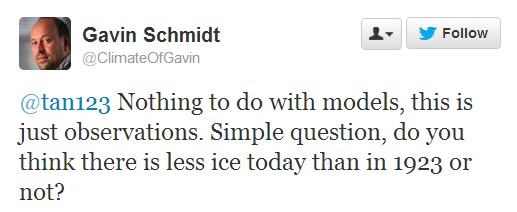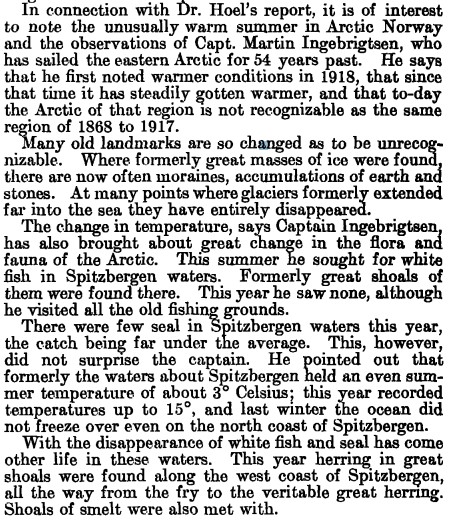This one was a little bit too easy …
Disrupting the Borg is expensive and time consuming!
Google Search
-
Recent Posts
- Fact Checking NASA
- Fact Checking Grok
- Fact Checking The New York Times
- New Visitech Features
- Ice-Free Arctic By 2014
- Debt-Free US Treasury Forecast
- Analyzing Big City Crime (Part 2)
- Analyzing Big City Crime
- UK Migration Caused By Global Warming
- Climate Attribution In Greece
- “Brown: ’50 days to save world'”
- The Catastrophic Influence of Bovine Methane Emissions on Extraterrestrial Climate Patterns
- Posting On X
- Seventeen Years Of Fun
- The Importance Of Good Tools
- Temperature Shifts At Blue Hill, MA
- CO2²
- Time Of Observation Bias
- Climate Scamming For Profit
- Climate Scamming For Profit
- Back To The Future
- “records going back to 1961”
- Analyzing Rainfall At Asheville
- Historical Weather Analysis With Visitech
- “American Summers Are Starting to Feel Like Winter”
Recent Comments
- arn on Fact Checking NASA
- Gordon Vigurs on Fact Checking NASA
- Bob G on Fact Checking NASA
- Bob G on Fact Checking NASA
- arn on Fact Checking NASA
- conrad ziefle on Fact Checking NASA
- conrad ziefle on Fact Checking NASA
- arn on Fact Checking NASA
- Bob G on Fact Checking NASA
- Bob G on Fact Checking NASA






Gavin,
Nothing to do with models, this is just observations. Simple question, should there be less or more ice as one traverses an interglacial period?
Hint: See Glacier Bay 1780s to present
Here is more with some peer reviewed. What extent was like I don’t know but it’s interesting.
Here is a great discussion over at Judith Curry about the 1920 and 1930s hot Arctic.
http://judithcurry.com/2013/04/10/historic-variations-in-arctic-sea-ice-part-ii-1920-1950/
Quit using facts, dammit!
Yeah, it has nothing to do with that. It’s all about solidarity with Zimbabwe and the muslim brotherhood.
I observed massive valleys carved out by glaciers in Europe and Yosemite. I also observed the Great Lakes, and end moraines in southern Illinois. Gavin is a shithead.
Re-posted on DTT dot com.
Is there more ice now than 20.000 years ago?
Hint – Gavin, go take a short walk from your office and heck out the erratics in Central Park.
The rocks, not your fellow New Yorkers.
Does he think it is all linear?
Not like we had satellites back then to do a meaningful comparison.
I like near the end of the article where it says ” … and last winter the ocean did not freeze over even on the north coast of Spitzbergen.”
Here’s that post from WUWT on all those Arctic extent maps that were found.
http://wattsupwiththat.com/2012/05/02/cache-of-historical-arctic-sea-ice-maps-discovered/